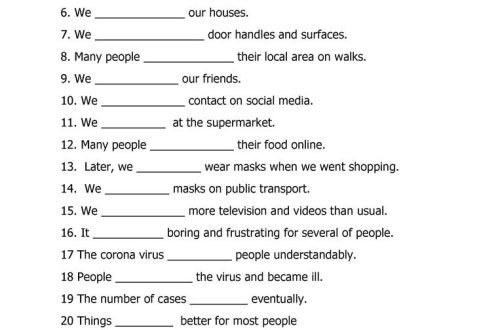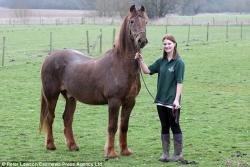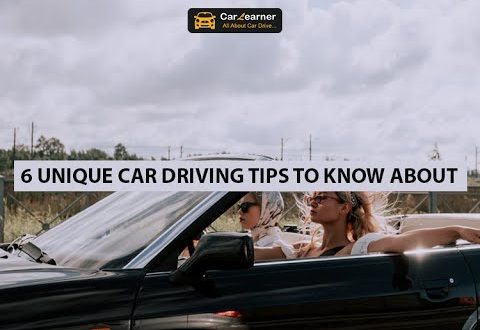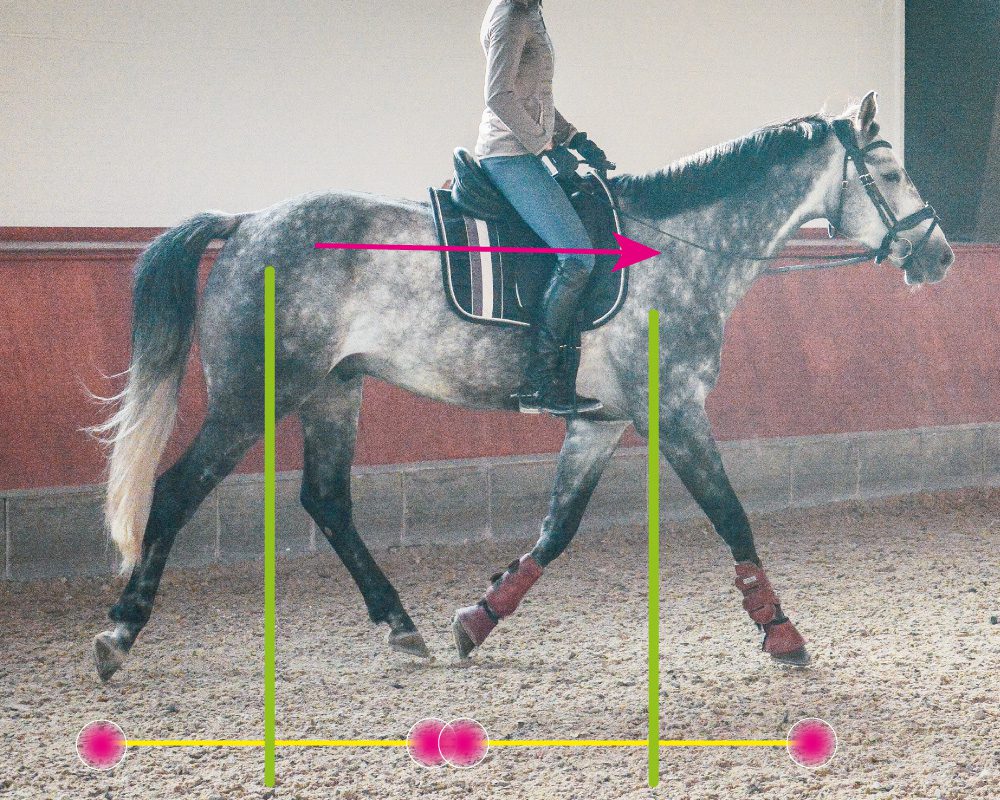
Help the horse to carry himself
Help the horse to carry himself
The ultimate goal of dressage is to get a horse that can self-carry in a collection. However, at each stage of training, she must somehow carry herself (keep the rhythm and balance without correction by the rider), create her own movements.
To make this possible, the rider must learn to passively use the aids – to engage them to correct the horse, and then for 2-3 steps of the gait not to interfere. At the same time, the horse is expected to continue the movement, as harmonious as that which took place when prompted by the rider.
Every rider who comes to my class, regardless of level, must show that he can leave the horse alone and be passive with it, without using the body, arms or legs. To ride on absolutely passive contact, you must have the finest sense of the horse’s mouth, be able to maintain soft, elastic contact with it. In other words, if a force meter could be attached to the end of the rein, it would show the minimum value throughout the ride. In addition, you must be able to canter with a relaxed, lowered leg.
In practice, when a rider tries to demonstrate passive riding, his horse changes frame and rhythm. I have trained many intermediate and advanced riders and have asked everyone to show me their passive riding skills. It seemed to me that this exercise is more difficult for top level riders, because they are used to controlling every movement of the horse.
Speaking of passive riding, we should of course understand that a horse is not a robot that will perform a certain task until it is switched and given a new command. But 2-3 strides of the gait you should be able to ride this way anyway.
Lead and hands
In order to ride with passive contact, you must have soft and supple hands, wrists and elbows. It’s all in the hands. If you have a hard hand, clenched fists, then the chance of success tends to zero. In principle, you should only hold the rein with your thumb, the rest of your fingers are sensitive, with their help you adjust the length of the rein.
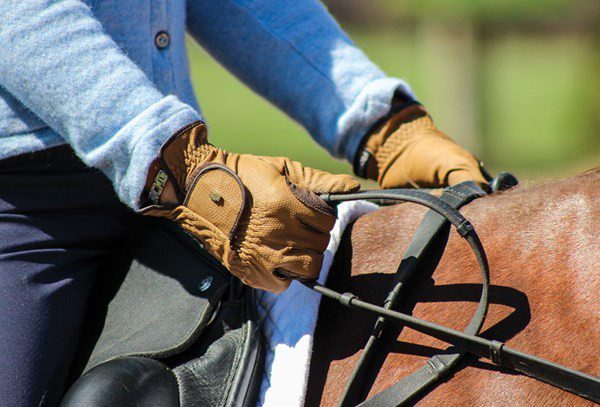
Hold the rein with your thumb. Leave the other fingers to adjust the length of the reins.
If you clench your fists, it will affect the entire arm as a whole. You must be able to work the reins passively. All the weight and pressure of the horse’s mouth is taken primarily by the muscles of the forearms. They should be connected just enough to provide a barely noticeable contact. Hands should be relaxed.

To ride on passive contact, your hands must be soft and sensitive. Avoid clenching your hand into a fist.
The muscles of the shoulders and back need to be kept in good shape to keep your body upright.
This is how you can maintain the light contact with the horse’s mouth that is necessary for passive riding, ride at any gait, make transitions using subtle movements of the hand. You will become part of the horse.
Legs and waist
Passive legs allow gravity to pull them down. Knees and heels go down. At any gait you can ride without affecting the horse with your legs.
The pelvis and lower back can also be passive. Sit deep, keep the correct position in the saddle, no matter what happens. Your body should not interfere with the horse’s movements. Can your legs stay relaxed and hang down or do you grab the horse’s flanks with them?
If the horse slows down and loses rhythm, engage the legs, give the message, and then relax them again. Some riders are so used to constantly keeping the movement going that they can’t stop constantly moving the horse. The message is automatic, for every step she takes.
Practicing Passive Riding
While walking, the horse constantly moves its neck and head. In order to become “part of the horse”, your hands must move along with all its movements.
At the trot, the horse’s head is stable and remains in the same position, but then the rider begins to move. Even if you are sitting in a training position (and sitting well enough), there will still be a slight wobble. If your elbows are clenched, then your arms will move up and down. You must allow your elbows to open and close to keep your hands in place.
At the canter, the horse’s head and neck also move (a high-level horse will only have a slight movement of the head and neck). If your elbows are tight, every time you lower your head down, your horse will hit the snaffle. Therefore, to maintain consistent, gentle contact with your mouth, you need to be able to follow the horse with your hand.
To teach the rider how to use his hands correctly, I usually ask him to stick out his little fingers and touch them to the pommel of the saddle. It helps. The hands remain in the same place while the rider and horse move.
In teaching passive riding, lunging lessons can be extremely useful, because in such work the rider does not need to follow the horse and support his movement – he can focus on himself, on how he accompanies the horse, just be on top.
I note that for cord training you will need a phlegmatic, trained horse. It would be better to refuse impulsive for the purpose of these classes.
Many riders believe that they do not use the controls unconsciously and are in complete control of all their movements. I suggest that they film the training process on video and look at themselves from the outside. A lot of people are surprised by what they see…
To train your horse to carry himself, just let him do it periodically. Be a passive rider. Get involved in the work every 2-4 steps. Over time, you will develop this skill, and your ride will become better and more harmonious.
Landon Gray; translation by Valeria Smirnova (source)



